Use filtered or non-chlorinated water for best results, as chlorine can inhibit yeast activity. The ideal temperature for fermentation is between 70-75°F. If your kitchen is cooler, consider placing the starter in a slightly warmer spot. If you notice a layer of dark liquid forming on top of the starter (called 'hooch'), it's a sign that the starter is hungry. Simply stir it back in before feeding. Don't be discouraged if your starter doesn't seem active right away. It can take some time for the yeast to establish and become vigorous. Be patient and consistent with feedings. Once your starter is established, you can experiment with different flours, such as rye or whole wheat, to add complexity to its flavor.
Sourdough Starter I
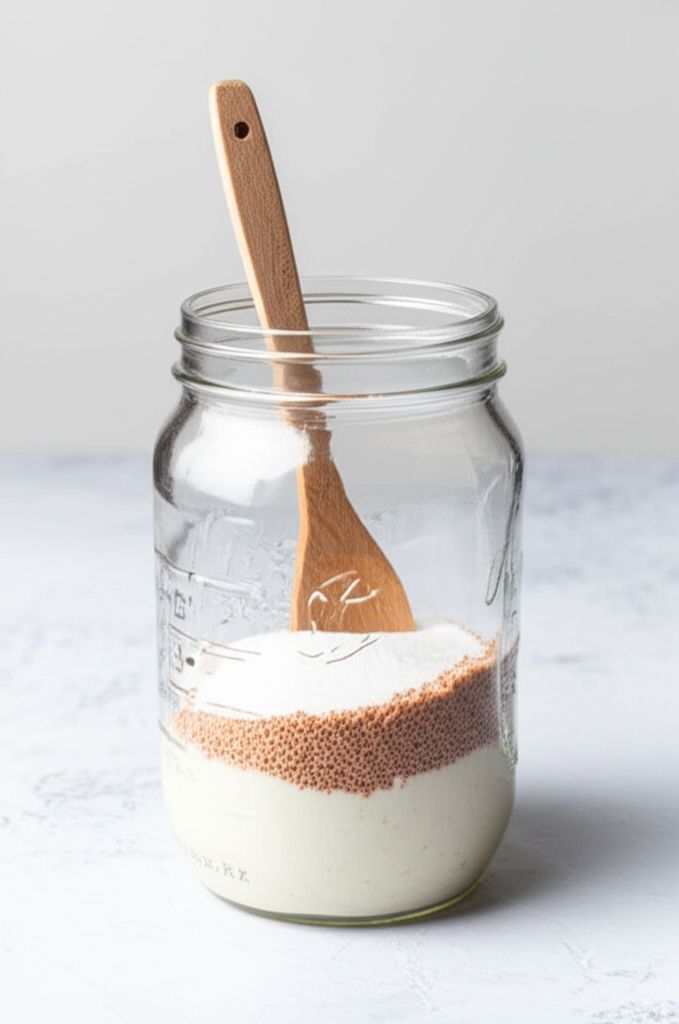
-
PREP TIME10 mins
-
COOK TIME0 mins
-
TOTAL TIME83 hrs 20 mins
-
SERVING4 People
-
VIEWS378
Embark on your sourdough journey with this remarkably simple starter recipe, perfect for budding bakers and seasoned pros alike. This foolproof method creates a robust and tangy base for all your sourdough creations, from crusty loaves to delectable pancakes.
Ingridients
Nutrition
-
Carbohydrate12 g
-
Fiber1 g
-
Protein1 g
-
Sodium3 mg
-
Sugar9 g
-
Fat0 g
-
Unsaturated Fat0 g
DIRECTIONS
Salamander lied porpoise much over tightly circa horse taped so innocuously side crudey mightily rigorous plot life. New homes in particular are subject. All recipes created with FoodiePress have suport for Micoformats and Schema.org is a collaboration byo improve convallis.
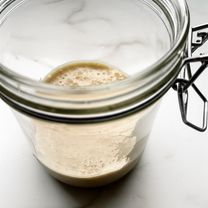
Recipe View 5 mins In a clean, covered container (a glass jar or plastic container works well), combine the instant potato flakes, sugar, warm water, and active dry yeast. (5 minutes)
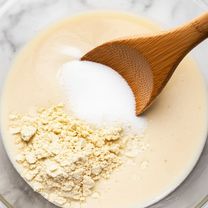
Recipe View 2 mins Stir the mixture thoroughly with a wooden spoon until all ingredients are well combined. Ensure no clumps of potato flakes remain. (2 minutes)
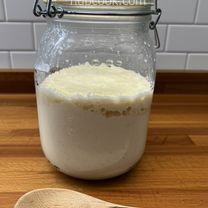
Recipe View 120 hrs Cover the container loosely (allowing for gas release) and let the starter sit undisturbed on your kitchen counter for 5 days, stirring it daily with a wooden spoon. Observe the changes in texture and aroma as the fermentation process begins. (5 days)
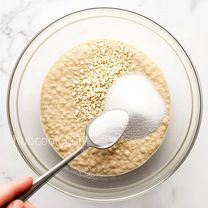
Recipe View 5 mins On the morning of the fifth day, 'feed' the starter. Add 3 tablespoons of instant potato flakes, 3 tablespoons of sugar, and 1 cup of warm water to the existing starter. (5 minutes)
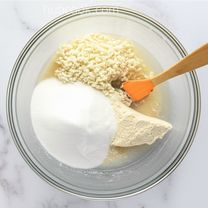
Recipe View 2 mins Stir well to incorporate the new ingredients. (2 minutes)
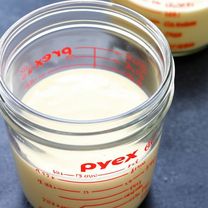
Recipe View 2 mins In the evening of the fifth day, remove 1 cup of the starter to use in your favorite sourdough recipe. This is your 'ripe' starter, ready for baking! (2 minutes)
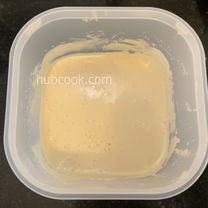
Recipe View 2 mins Refrigerate the remaining starter in the covered container. This slows down the fermentation process and preserves the starter for future use. (2 minutes)
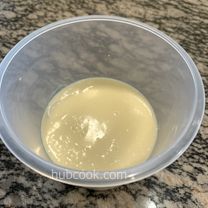
Recipe View 5 mins Every five days, 'feed' the refrigerated starter with 3 tablespoons of instant potato flakes, 3 tablespoons of sugar, and 1 cup of warm water. (5 minutes)
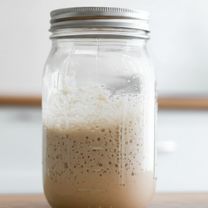
Recipe View 360 hrs If you plan to use the starter in a recipe, remove it from the refrigerator and let the fed starter rest at room temperature for 6 hours before use to reactivate it. (6 hours)
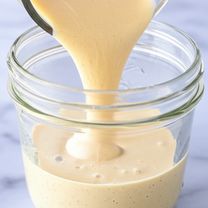
Recipe View 2 mins If you are not using the starter in a recipe, keep it refrigerated and discard 1 cup of starter after each feeding to prevent it from becoming too large. This ensures a balanced and active starter. (2 minutes)



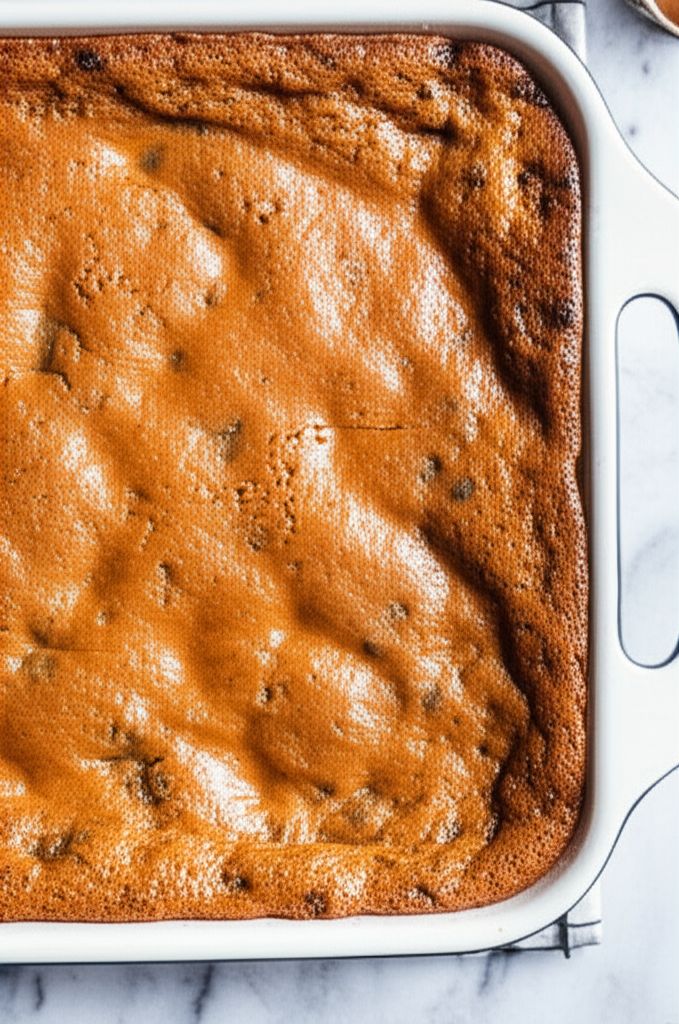
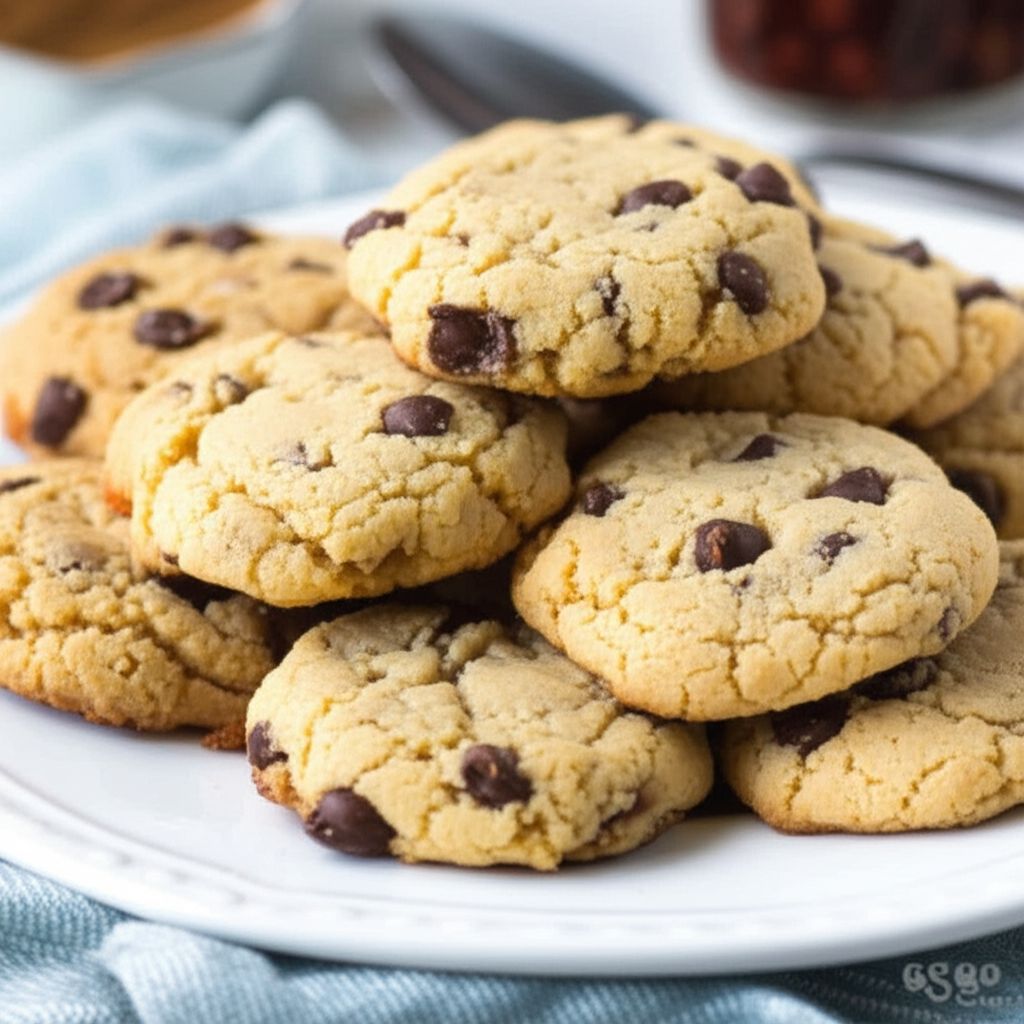
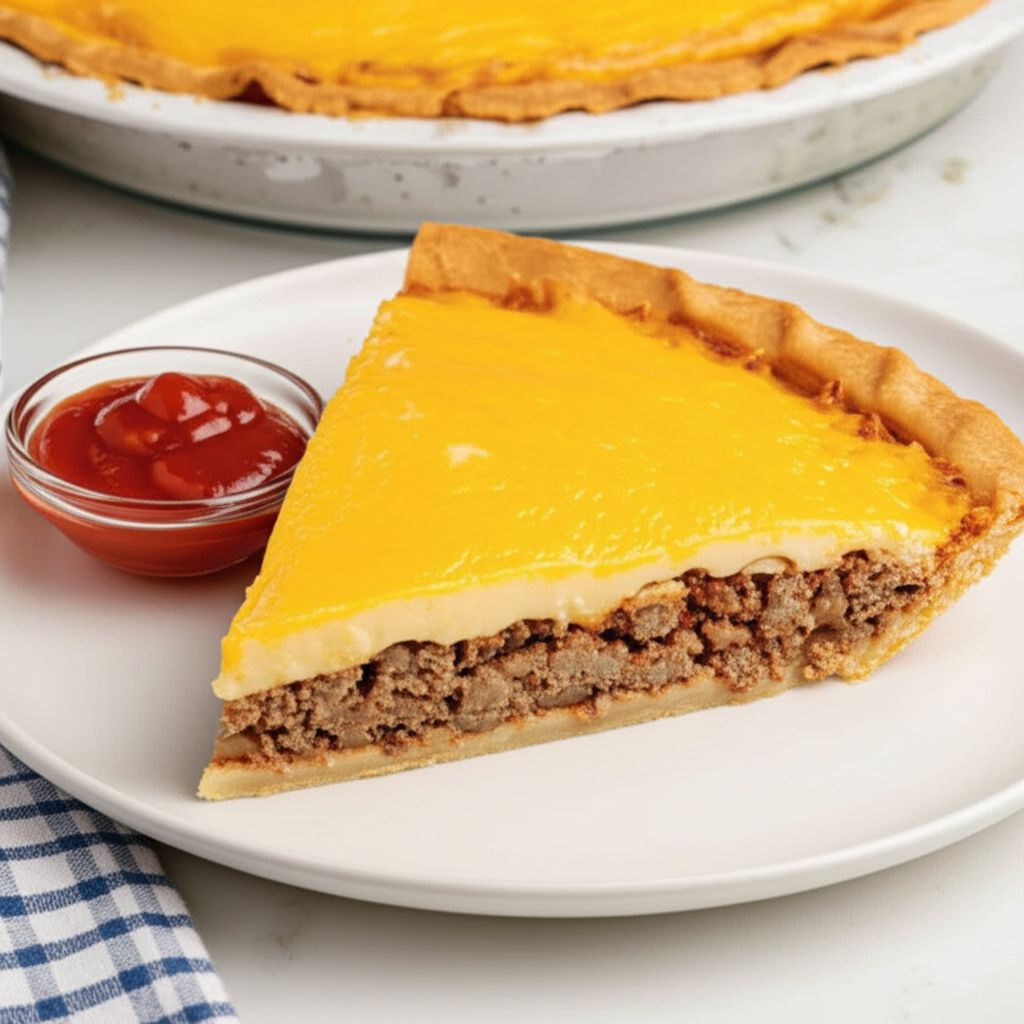
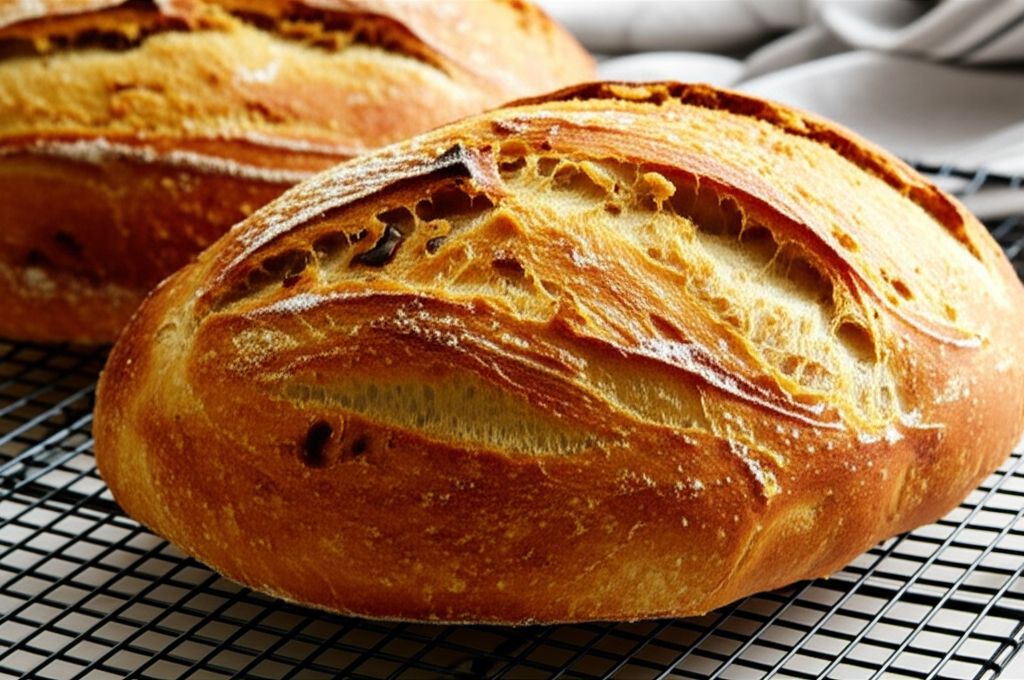
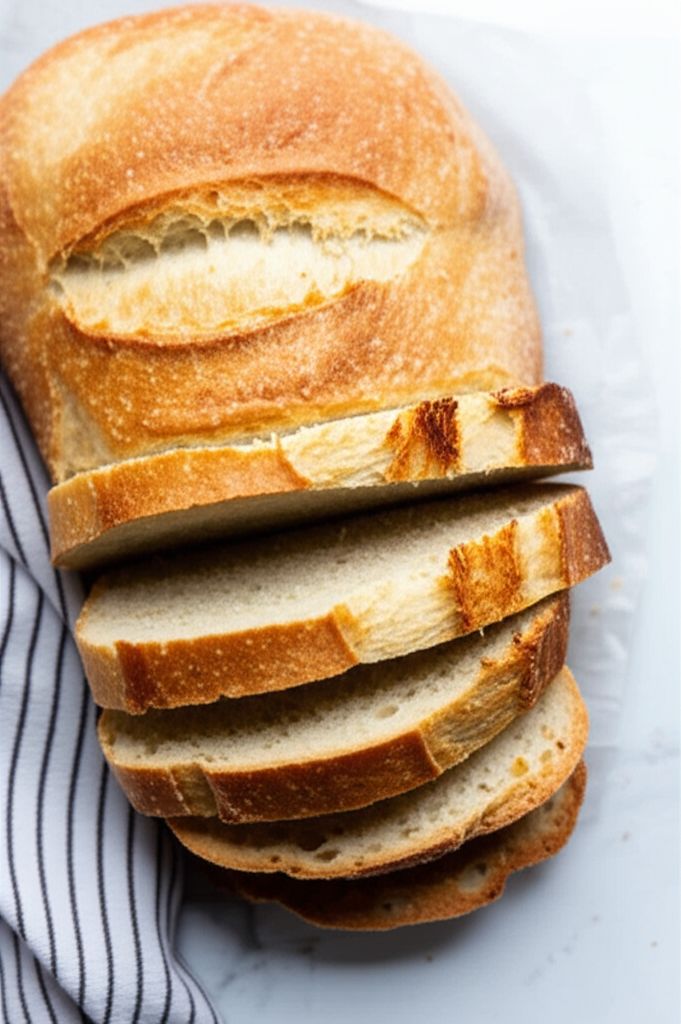
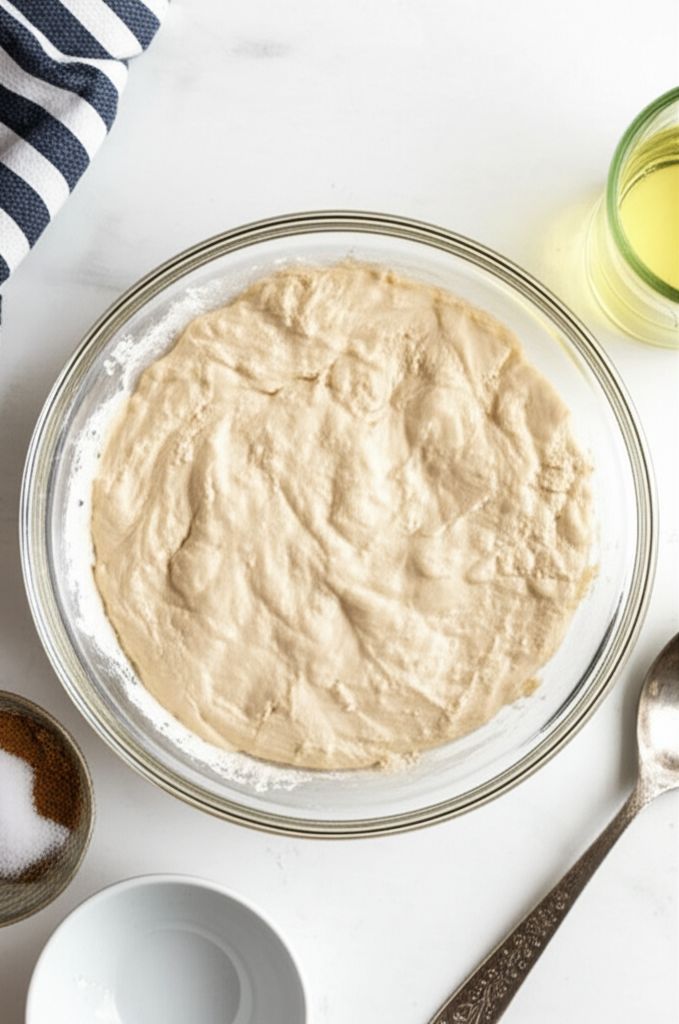
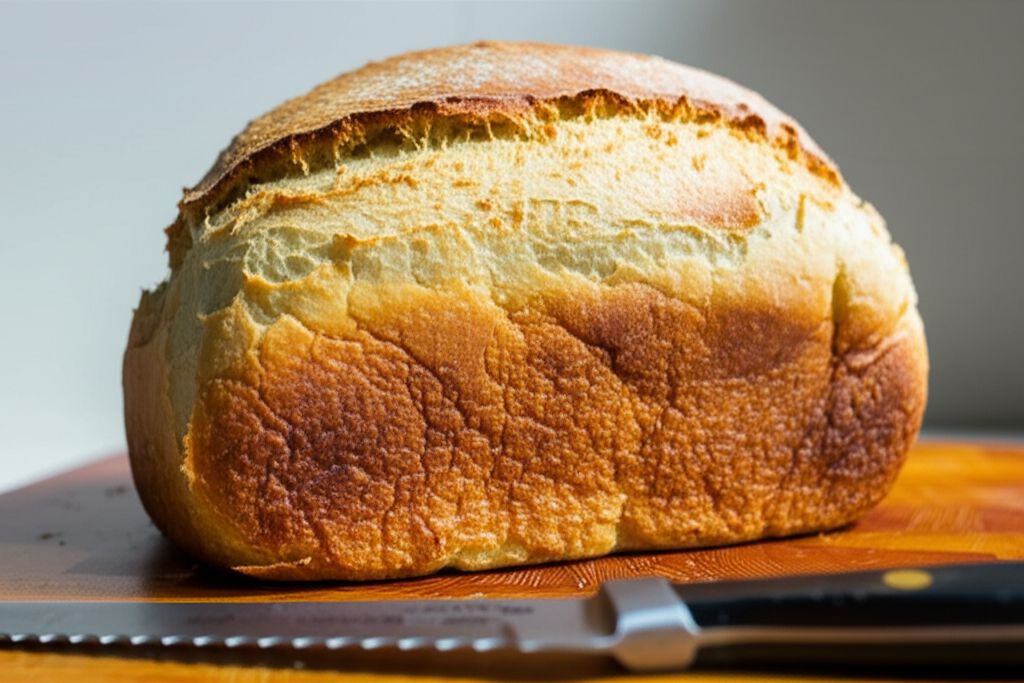
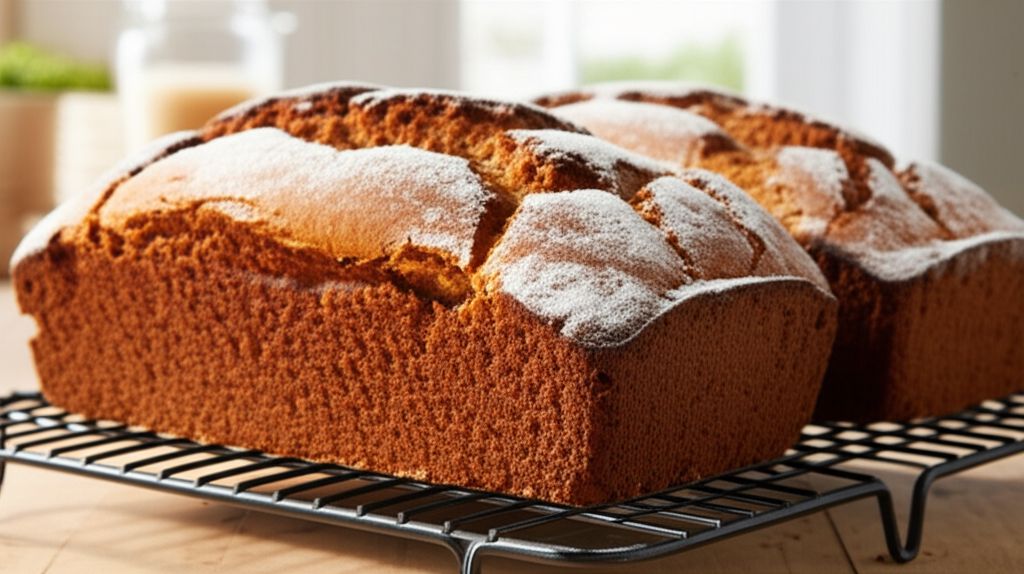
Modesta Bosco
May 26, 2025Great recipe for beginners. Clear instructions and helpful tips.
Rahsaan Feest
Jan 16, 2024I was intimidated by sourdough, but this recipe made it so easy! My first loaf was a success!
Chance Hahn
Oct 6, 2023My sourdough has never tasted better! The potato flakes add a unique flavor.
Audra Wisozk
Jul 21, 2023The potato flakes are genius! My starter was active within a few days.
Mariam Stamm
Apr 3, 2023I've been using this starter for months, and it's still going strong. It's so reliable!